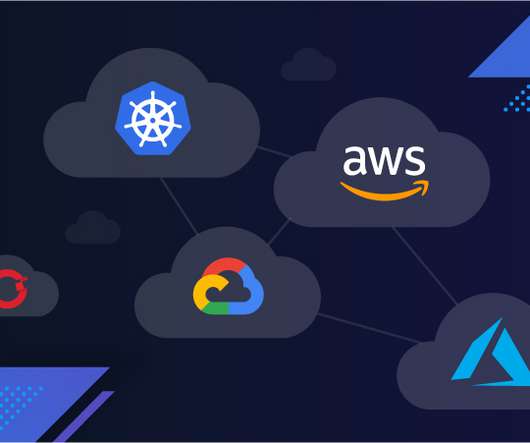What is ITOps? Why IT operations is more crucial than ever in a multicloud world
Dynatrace
DECEMBER 15, 2022
As more organizations adopt cloud-native technologies, traditional approaches to IT operations have been evolving. Complex cloud computing environments are increasingly replacing traditional data centers. In fact, Gartner estimates that 80% of enterprises will shut down their on-premises data centers by 2025.















Let's personalize your content